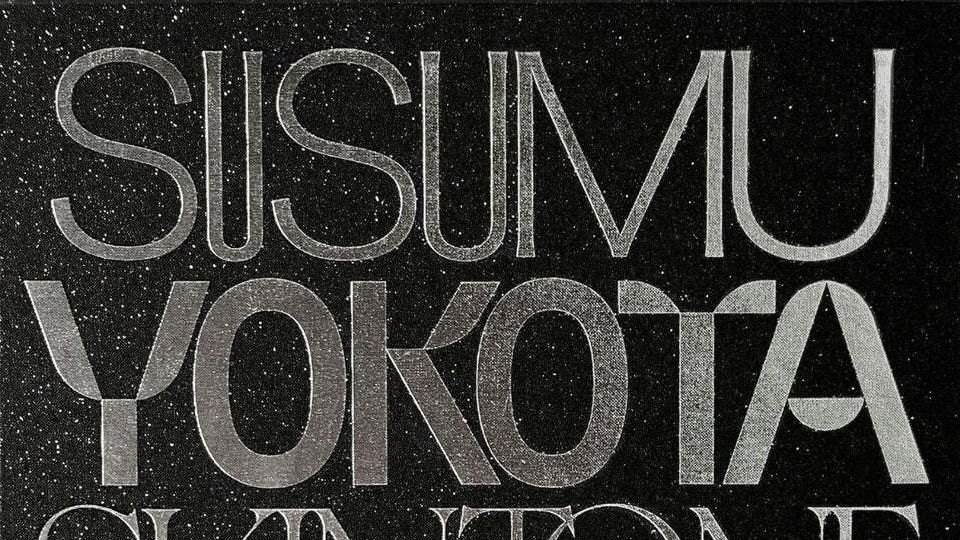Even as a young person making music for other young people to dance to, Susumu Yokota was fascinated by death. On the sleeve of his 1998 album Image 1983 – 1998, he wrote, “I wished to be kona”—a Japanese word meaning “powder,” “dust,” or “flour”—“at the moment of death.” Gather a handful of powder and blow on it, he wrote, and the particles will never come together in the same way again—a metaphor, perhaps, for reincarnation. “It is atmosphere that I’m interested in,” he told The Wire the following year, attempting to describe the increasingly amorphous electronic music he’d begun releasing on his new label, Skintone. “It’s like powder. Abstract. Free. One breath—pffff—and it’s gone.”
Yokota’s work was not always so atmospheric. A graphic designer and self-taught musician, he gravitated first to moody post-punk bands like Joy Division, Durutti Column, and Young Marble Giants, but by the early 1990s, as acid house hit Japan, he threw himself into dance music with gusto. Between 1992 and 1997, he released some 30 records under a dozen different aliases, all of them bursting with the supersaturated colors and vivid shapes of the techno revolution.
There was the acid trance of 1993’s The Frankfurt-Tokyo Connection, for Sven Väth’s Harthouse label, and 1994’s similarly psychedelic Acid Mt. Fuji, for Japan’s Sublime; there were the bleepy, Detroit-inspired sounds of his 246 project and the jazz-tinged breakbeat whimsy of 1996’s Cat, Mouse and Me. But in 1998, a fissure appeared in Yokota’s work. While he would continue to release jazzy deep house on albums like 1998, 1999, and Zero, he was privately becoming interested in a homespun interpretation of ambient music. Frustrated with the music industry and souring on club culture, he founded Skintone, named after a deep-house party in the Ebisu district he co-ran with Alex From Tokyo, as an outlet for his more idiosyncratic output; between 1998 and 2012, he would release 14 albums on the imprint.
Yokota died in 2015, at age 54. And while his music is hardly unknown—unlike his ambient predecessor Hiroshi Yoshimura, his work was always available in the West, thanks to licensing deals with UK labels Leaf and Lo Recordings—his profile has faded in the decade since his death, though his music sounds as timely now as ever, if not more so. A lavish new box set gathers his first seven Skintone albums (volume two is due next year), offering the chance to reconsider the work of this one-of-a-kind visionary.
